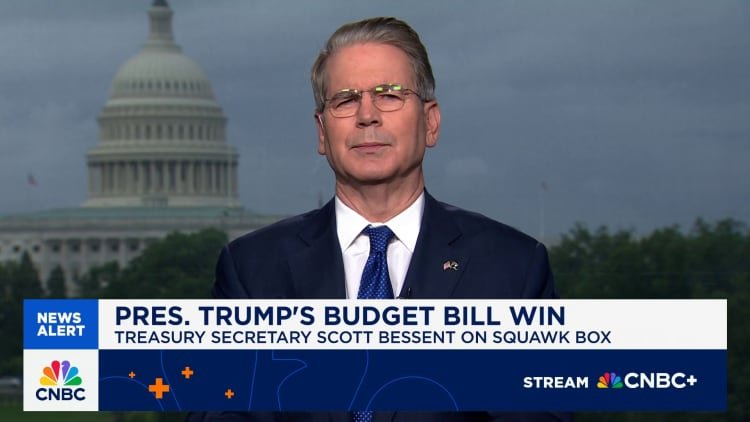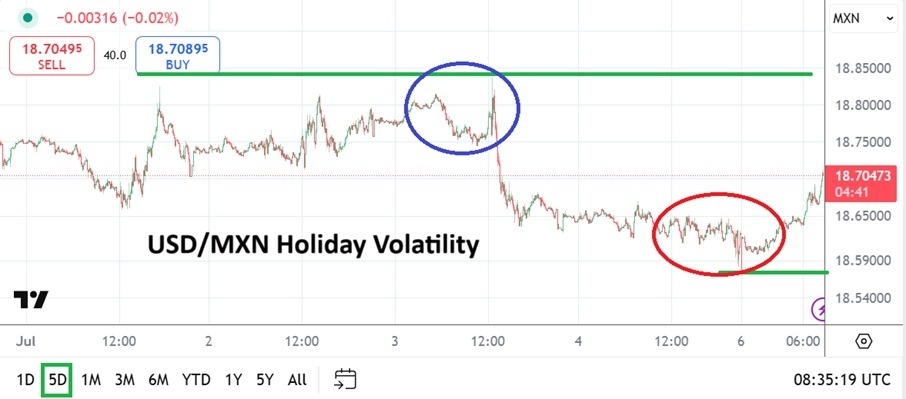The total value locked on RWA tokenization platforms at the time of writing is over $12 billion. This includes tokenized stocks, treasuries, and bonds. RWA tokenization adds to the list of significant DeFi innovations that are relevant to mainstream finance and the over $2.4 quadrillion Forex market.
On June 30, 2025, US-based brokerage platform, Robinhood, introduced tokenized OpenAI, SpaceX, as well as 200+ additional U.S. stocks for EU users, powered by Arbitrum’s Layer 2 blockchain. According to CEO Vlad Tenev, “Crypto is the next evolution of finance.”
DeFi provides self-custody alternatives to mainstream finance, including the Forex market, and garnering attention from top players in traditional finance (TradFi). In this article, we discuss DeFi, how it is disrupting the Forex market, and its future in relation to traditional Finance.
What Is DeFi?
DeFi is an acronym for Decentralized Finance. It defines financial solutions built on the blockchain. DeFi applications leverage blockchain and decentralized protocols to build software that can be used for operations like lending, tokenization, trading, and yield farming. DeFi applications are self-custody applications, meaning that users maintain full control of their assets while interacting with the platform. They do not rely on third parties or a central administrator to function.
DeFi Primitives Relevant to Forex and TradFi
DeFi primitives are the foundational principles on which decentralized finance applications are built. Here are some of the major DeFi primitives relating specifically to TradFi and the Forex market.
- RWA Tokenization H4
RWA (Real World Asset) tokenization creates a representation of mainstream commodities like national currencies, real estate, company shares, stocks, bonds, and precious metals on the blockchain. - Stablecoins H4
Stablecoins are tokens pegged to the value of a fiat currency. Over $250 billion worth of USD has been minted as stablecoins on the blockchain to date. - Decentralized exchanges (DEX) H4
Decentralized exchanges like Uniswap, DyDX, and Raydium allow non-custodial trading of crypto assets. They use Automated Market Makers (AMM) and liquidity pools to create an exchange system for users. Some DEXs also use decentralized orderbooks, which are similar to the orderbook in centralized crypto and traditional trading platforms. - Decentralized Lending Protocols H4
Lending protocols are money markets built on the blockchain. They enable individuals and institutions to access on-demand capital. DeFi lending protocols create a self-custody alternative to mainstream lenders and banks. Lending protocols like Aave support tokenized stocks, shares, and fiat, allowing expanded use cases and benefits.
How Is DeFi Revolutionizing Forex?
DeFi is disrupting the Forex Market in a variety of ways:
Accessibility: DeFi lowers the barrier to participating in financial markets. It removes the regional restrictions of Forex trading, allowing traders from anywhere to trade other countries’ currencies. For instance, USD stablecoins can be traded for tokenized GBP on any supported DEX.
Non-custodial and third-party resistance: Unlike mainstream Forex markets, DeFi protocols operate on their own and do not hold users’ capital. Users are not required to create an account with their personal information, deposit funds, or create a request to withdraw their assets.
Cost-efficiency: Blockchain networks and DeFi protocols charge significantly less compared to the fees paid on mainstream Forex trading platforms. Low-fee blockchain networks like Solana, SUI, and BNB Chain charge a fraction of a dollar for direct swaps and perpetual contract trading.
Transparency: Records of blockchain transactions are accessible to anyone. Individual and institutional auditors can review trading activities.
24/7 Trading: Unlike the traditional Forex market, decentralized trading platforms do not have market hours. Trading of tokenized currencies is continuous.
The Pros and Cons of DeFi for Forex Trading
Advantages of DeFi in Forex
The many benefits of utilizing a decentralized finance application to trade Forex include:
- Decentralization – DeFi platforms do not have intermediaries. Changes to the platform are decided by the community (of users) through DAO (Decentralized Autonomous Organization) voting.
- Financial inclusion – DeFi protocols are permissionless and borderless, removing a major barrier for many to participate in trading. When applied to Forex trading, it allows anyone, anywhere, to trade foreign currencies without interacting with banks.
- Innovations in trading – DeFi introduces significant improvements to trading in general. When applied in micro and macro systems, it could revolutionize mainstream finance and trading.
- Improved profitability – DeFi platforms offer additional benefits for users. Stablecoin holders can earn passively through lending, staking, and yield farming.
Challenges and Risks of DeFi in Forex
Some of the main disadvantages of utilizing DeFi applications for Forex trading include:
- Smart contract risks – Smart contracts and blockchain programming introduce an additional risk for DeFi protocols. In case of a malfunction or hack, users can incur significant losses.
- Regulatory uncertainty – The regulatory framework for DeFi is still developing. Unlike mainstream institutions, it is uncertain how future regulation will impact the DeFi sector.
- Liquidity – Liquidity on DeFi platforms is relatively low compared to mainstream markets. This is mainly due to a lower level of adoption. Low liquidity may cause significant slippage for traders, especially when trading huge volumes.
- Scalability – DeFi platforms struggle to perform during periods of high demand. Such systems are not developed for the level of demand seen in the top mainstream Forex trading apps. This could lead to poor user experience or significant losses.
The Future Outlook for DeFi in Forex
RWA tokenization makes it possible to issue any national currency on the blockchain. Decentralized exchanges enable these currencies to be traded against each other without third-party involvement. DeFi could introduce a complete re-innovation of the Forex market or contribute to improving existing platforms through self-custody solutions. New technologies like account abstraction could reduce the complexity associated with operating on the blockchain and increase the rate of adoption.
However, the unclear regulatory framework for DeFi could limit this growth. With the US SEC and legislative bodies working on clearer regulations for crypto and DeFi, this challenge could be solved in the future. A more complete and clear regulation will empower faster growth for DeFi, especially where it concerns connections with traditional finance.
Final Thoughts
The US Forex market alone handles over $7 trillion worth of transactions daily, yet this represents only a fraction of the large global Forex market. The Forex market is facilitated by trading platforms in connection with banks and other financial firms. This system is tightly regulated by national governments through law enforcement agencies. While it has matured into a mainstay and one of the most important aspects of mainstream finance, the Forex market is limited by regional fragmentation, centralization, and relatively poor accessibility. Emerging technologies like decentralized finance offer alternatives and improvements to the Forex landscape.
While DeFi isn’t necessarily a complete replacement for the current Forex market technologies, it offers possible integrations that could significantly improve the experience of investors in traditional finance. Despite significant bottlenecks, decentralized solutions are changing finance as we know it.





